In the last post about the enchanting ancient city of Pompeii we saw part 1 of this guest post by the guys over at Through Eternity Tours which gave us a taste of what this incredible site is about.
 But oh, there is so much more to see and learn about because Pompeii is the most important, but not the only site near Naples that was affected by the eruption of Mount Vesuvius on that fateful August of 79 AD.
But oh, there is so much more to see and learn about because Pompeii is the most important, but not the only site near Naples that was affected by the eruption of Mount Vesuvius on that fateful August of 79 AD.
The amazing frescoes in the well-to-do houses prove to us that art and architecture were very much developed in Italy long before the renaissance.
The remaining ruined buildings provide a sense of the people who lived there, from whom we inherit so much of our own culture.
Let’s delve once more into this fascinating place and learn how the nearby Naples and other sites relate to it to bring to life the story of its ancient inhabitants.
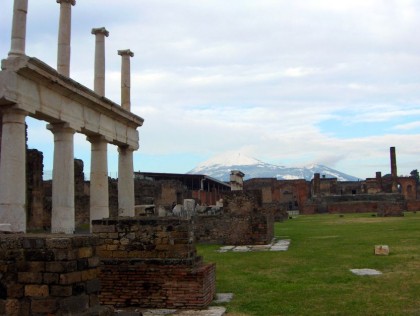
Mount Vesuvius. Photo: througheternity.com
Pompeii at the Archaeological Museum of Naples
Amazingly, the site of Pompeii itself is only the beginning. Many of its most precious and fragile artifacts have made their way to the Archaeological Museum in Naples for preservation.
It is a great idea to schedule a visit here after returning to the city, to gain a full picture of Pompeiian life.
The upper floors are filled with some of the finest frescoes and mosaics found during the excavations.
Amongst the numerous highlights are the Alexander Mosaic, depicting Alexander the Great’s defeat of the Persians, and countless images of Roman religion, customs and culture.
Together they provide an unparalleled insight into the wonderfully rich world of Ancient Rome.
Don’t miss the museum’s extraordinary and unusual Gabinetto Segreto.
Devoted to the libidinous side of Roman life, the erotic artifacts displayed here were taken from the brothels, bars and houses of Pompeii and Herculaneum.
They run the gamut from nude frescoes to an array of phallic symbols, potent lucky charms that could protect you from the slings and arrows of misfortune.
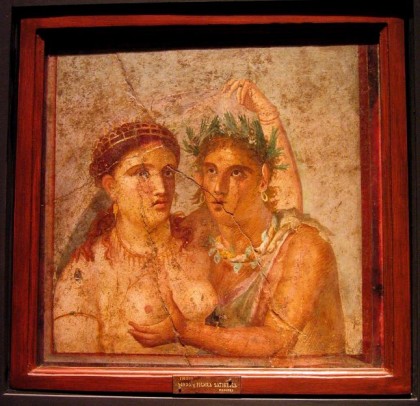
Pompeii segreto fresco. Photo: througheternity.com
Sometimes, however, it is the smallest and most insignificant objects that remind us most forcefully of our shared humanity with the ancients.
The museum also possesses jewellery, ceramics and kitchen utensils from the stricken city, vivid illustrations that Roman life 2,000 years ago was in many ways not so different from our own.
Herculaneum
Very close to Naples, the ancient town of Herculaneum can complete the picture of the ancient world suggested by Pompeii.
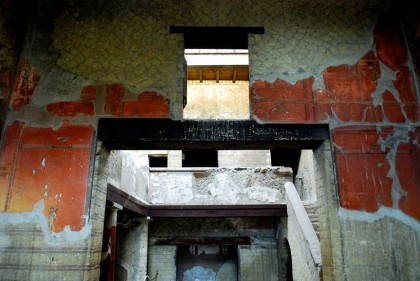
Pompeii Ercolano dwelling. Photo: througheternity.com
Herculaneum too was engulfed by Vesuvius’s volcanic fallout and is a fantastic complement to its more famous neighbor.
Much smaller and easier to navigate, Herculaneum was a residential rather than commercial town, so it lacks some of Pompeii’s great civic buildings.
But pristine residences such as the House of Neptune and Amphitrite, with its marvelous mosaics, more than make up for it.
Such buildings are amongst the most evocative examples of ancient domesticity to be found anywhere in the world.
Oplontis
A little way down the coast is the third great archaeological site preserved by Vesuvius’s fury, the wonderfully atmospheric Villa of Oplontis.
This luxurious residence is believed to have been owned by the notorious emperor Nero.
Its strikingly colorful frescoes of plants and birds, illusionistic paintings of architecture and representations of theater masks bring the leisured world of the ancient aristocracy dramatically to life.
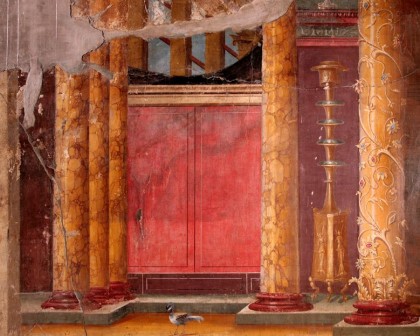
Pompeii Oplontis fresco. Photo: througheternity.com
It’s a far cry from the inns and brothels of Pompeii, and is a great way to conclude your exploration of the classical heritage frozen in time beneath the ash and lava of the malevolent volcano.
Practicalities
So long as you are prepared to make a fairly early start, you can easily visit both Pompeii and the Archaeological Museum of Naples in a single day.
The excavations at Pompeii are open from 8.30AM to 7.30PM in summer, and until 5 PM in winter. The museum opens from 9AM to 7.30 PM, but remember that it is closed on Tuesdays.
It is wise to leave another day to explore Herculaneum and Oplontis. You can buy an integrated ticket that is valid for all three excavations for a period of 3 days from any of the sites.
In summer the sun can be intense in the exposed streets, so be sure to bring plenty of water and a hat. Wear comfortable shoes as you’ll be hiking over rough terrain, and most importantly, have fun!
By Conor Kissane from Through Eternity Tours Italy. Through Eternity offers unique cultural experiences covering the “must see” sights such as Pompeii and the lesser known sights such as Herculaneum.
Staffed by licensed, highly-educated and talented story teller guides and owned locally in Italy (based in Rome), we have been helping our guests create life-long memories for over 12 years in Rome, Florence, Naples and Pompeii. (througheternity.com)
Did you know there was more to Pompeii than just visiting the ruins?
What do you think your experience will be like when you visit?
Let us know in the comments field below or join us in Facebook!
Pompeii and beyond: The frozen cities of Vesuvius (Guest post Part 1)
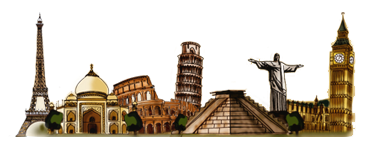
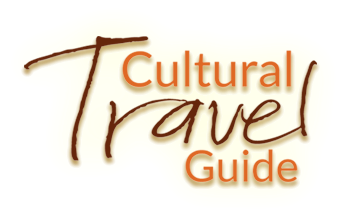

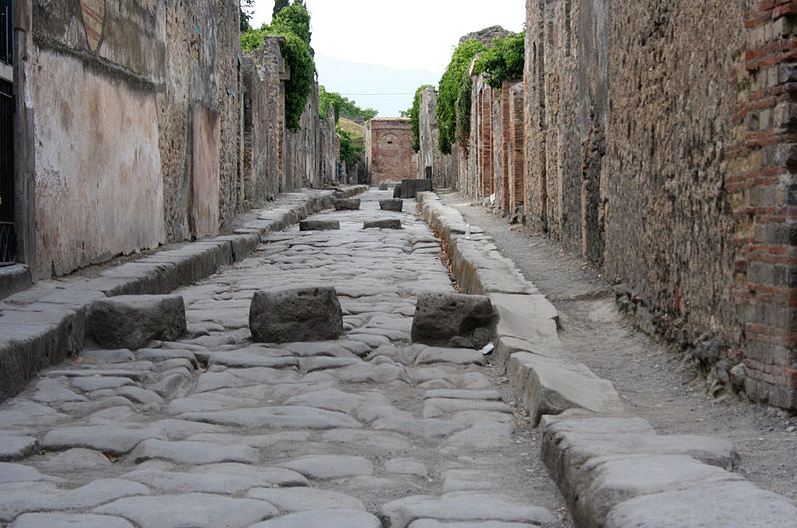
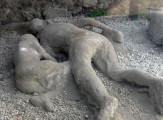
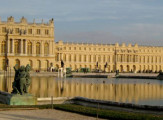
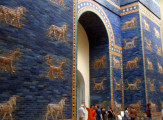
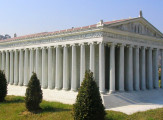
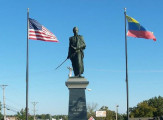
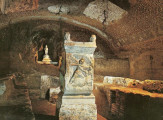
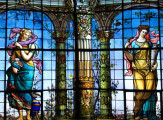
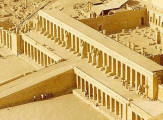
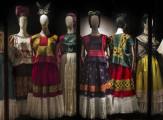


















Very cool! My boyfriend love traveling for historical reasons and this would be a great trip.
I just went a few weeks ago. It sure is an awe-inspiring place.
What was inspiring about it, Jaklien? What did you like the most?